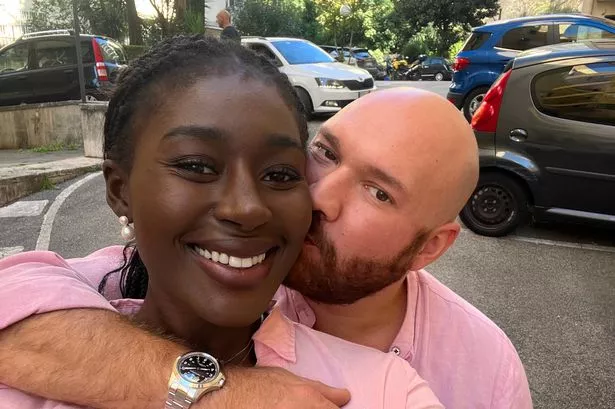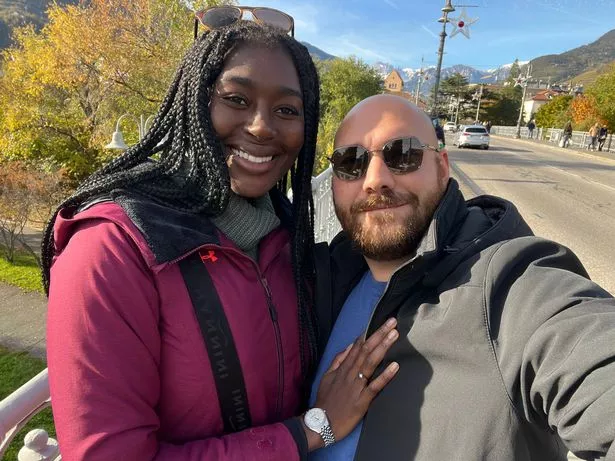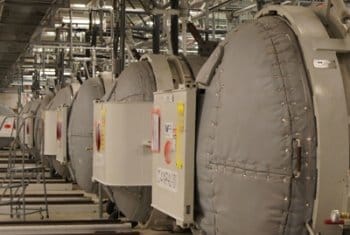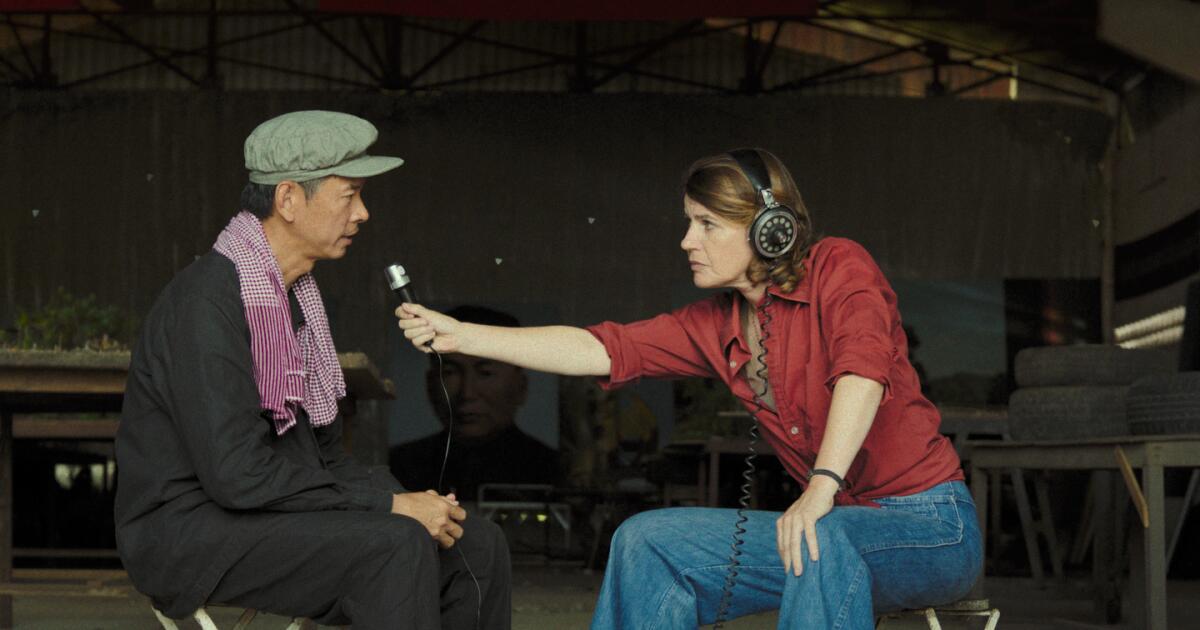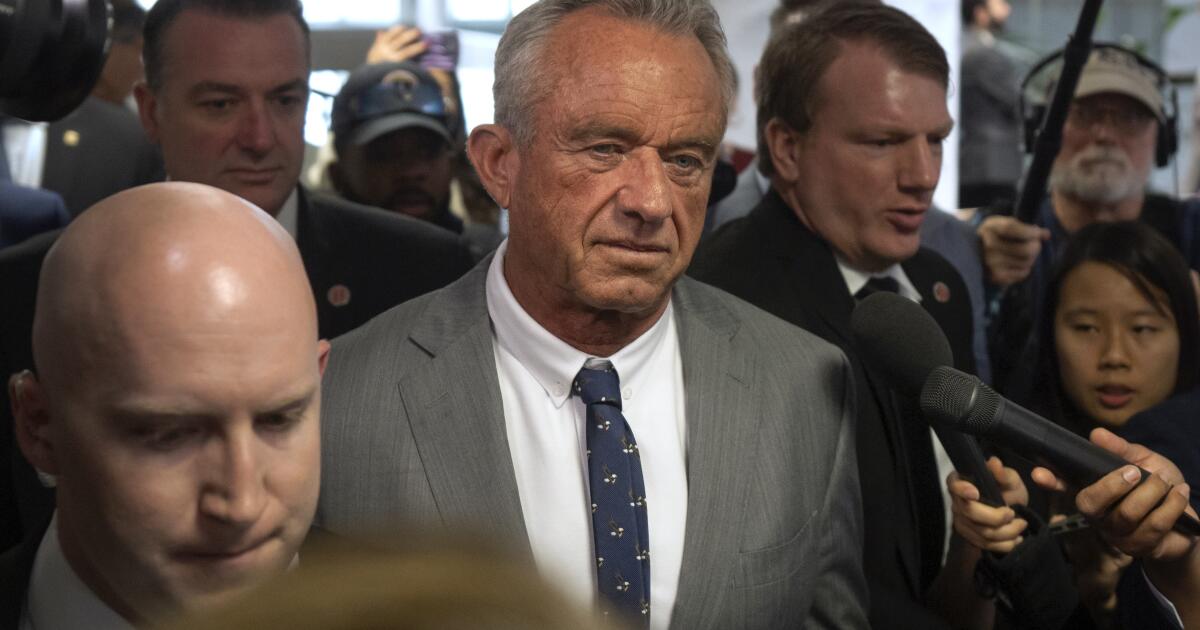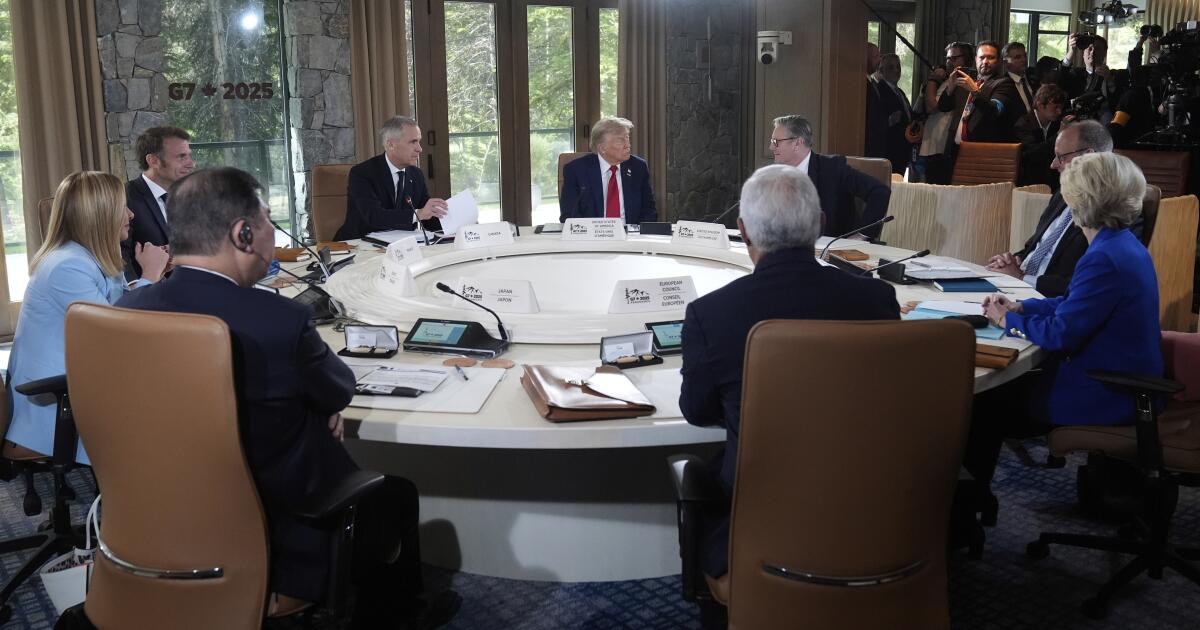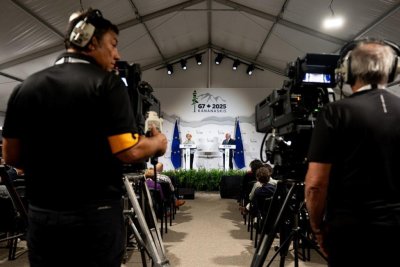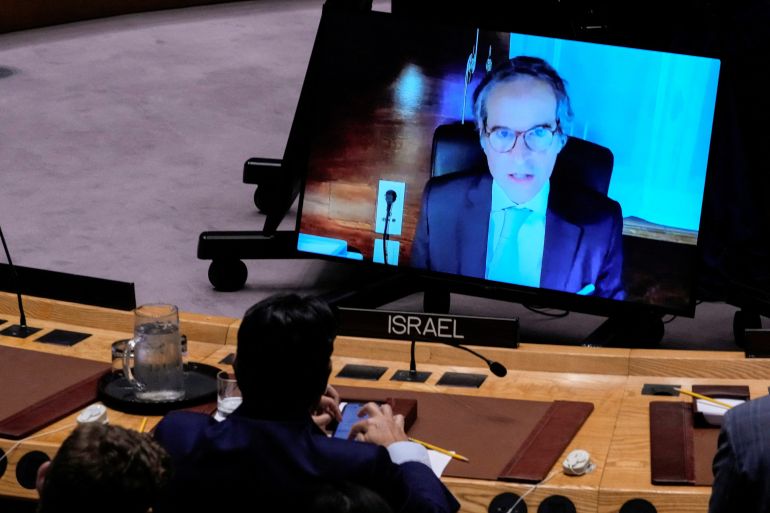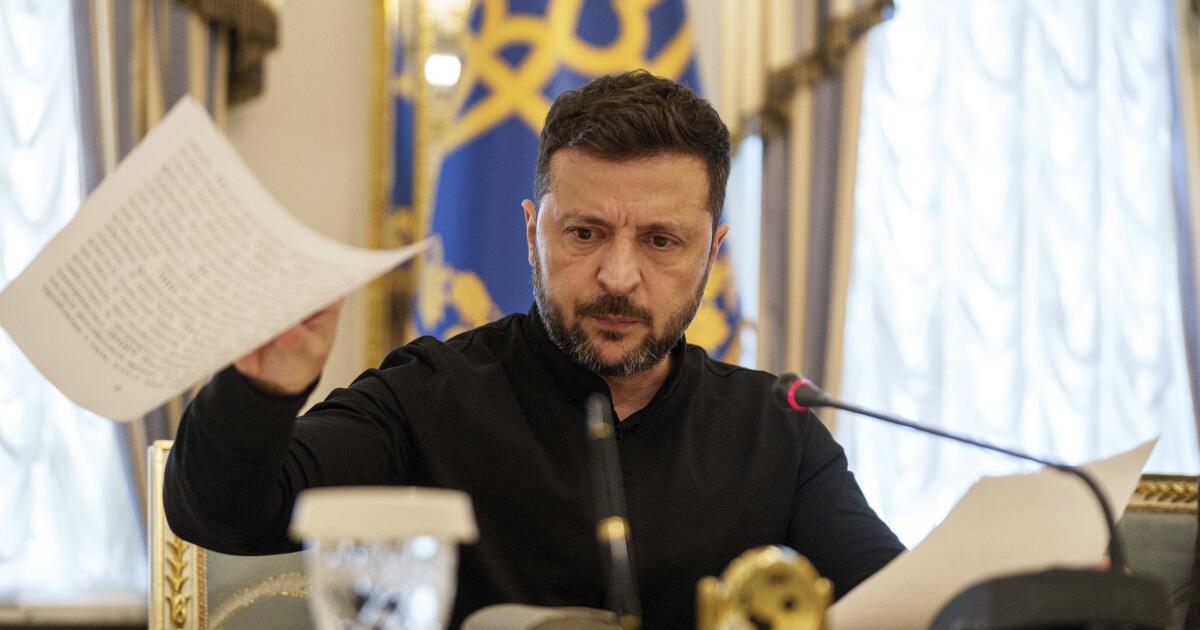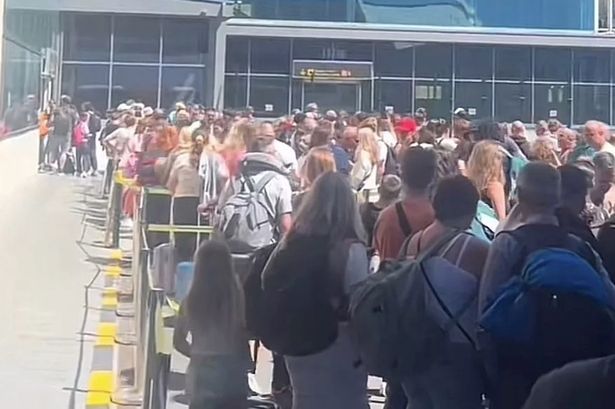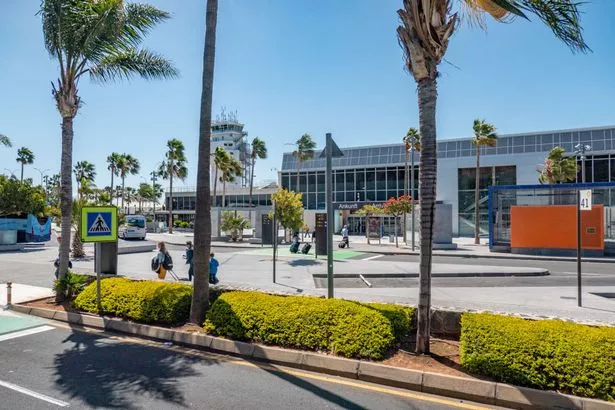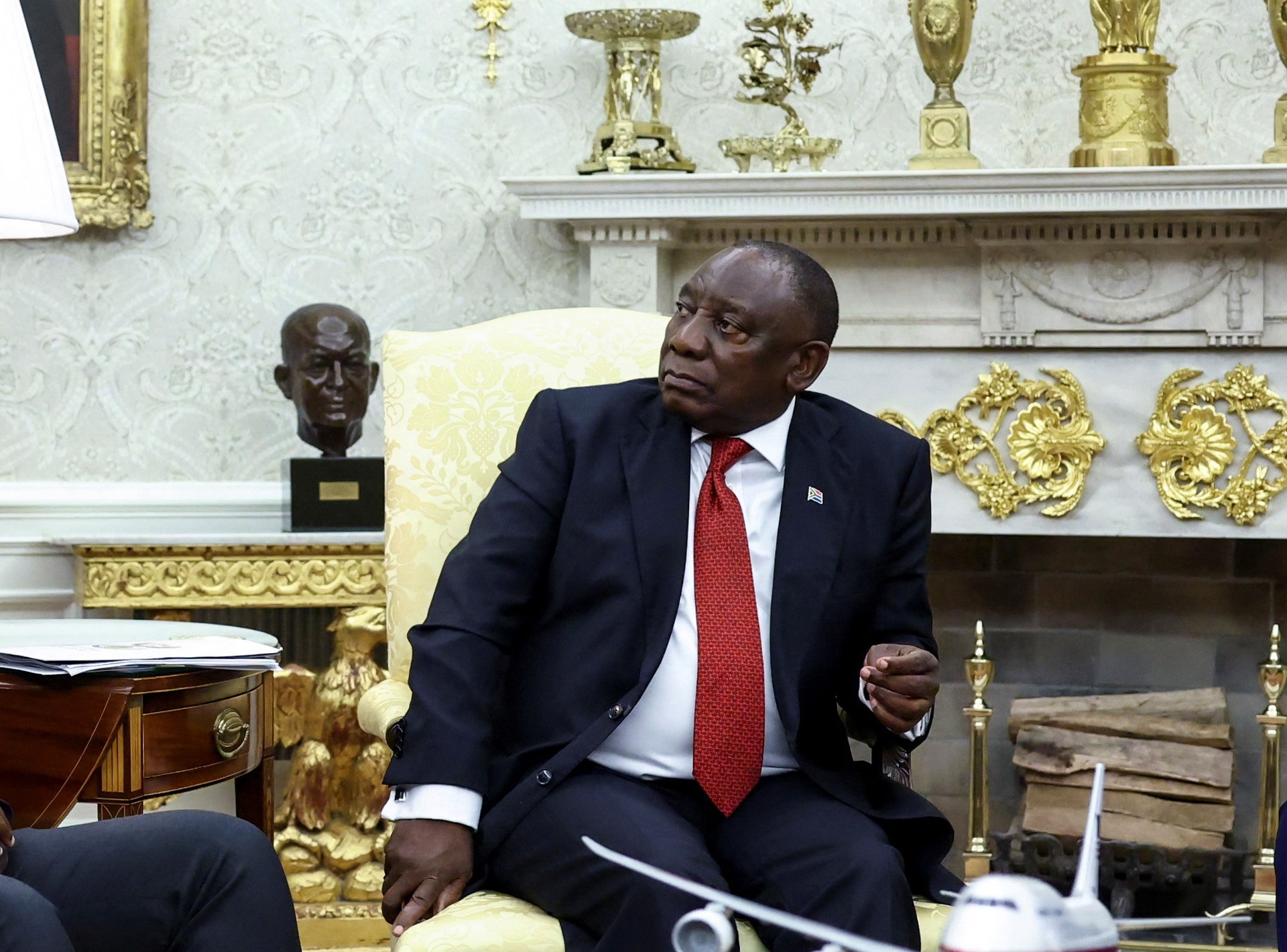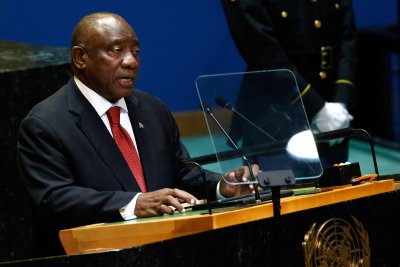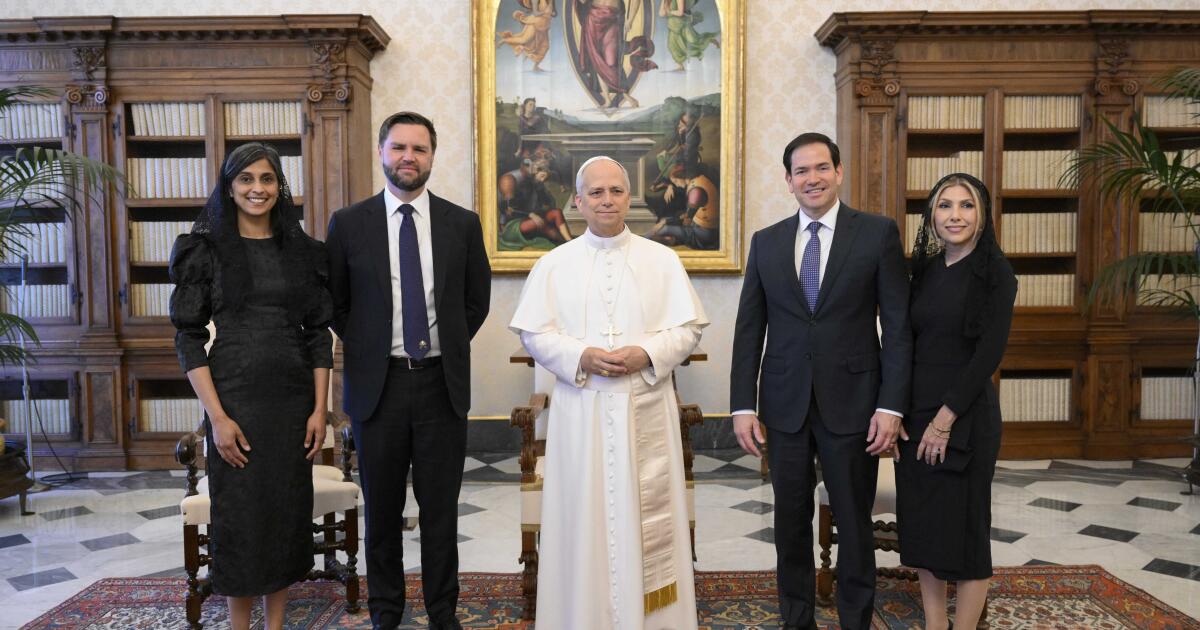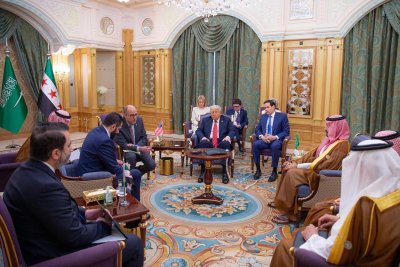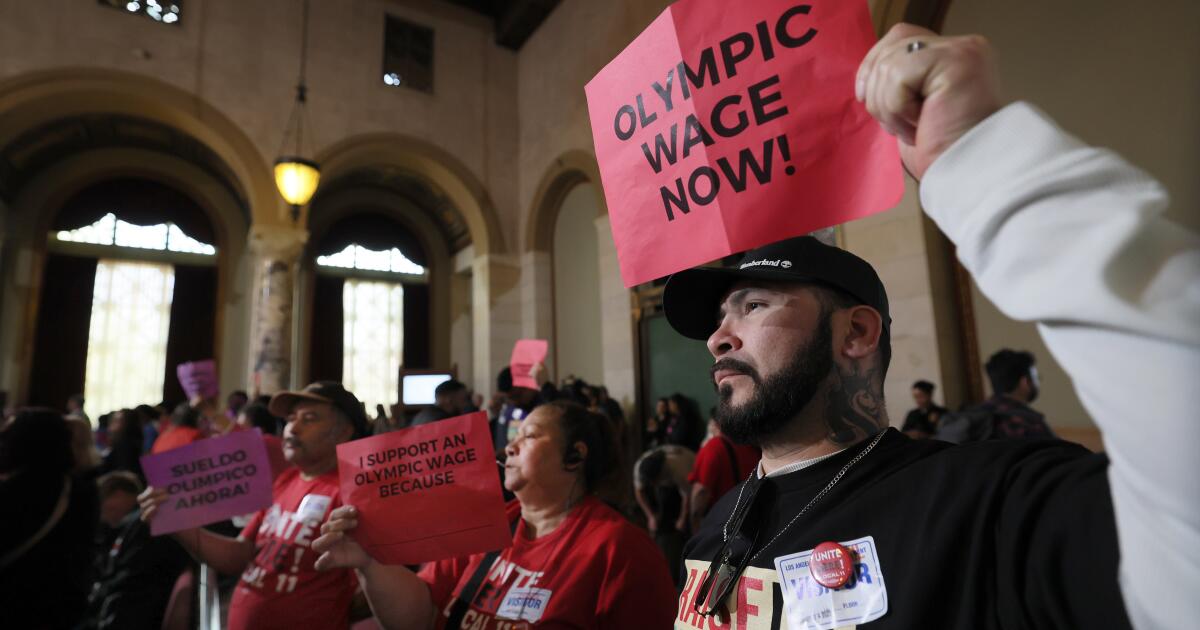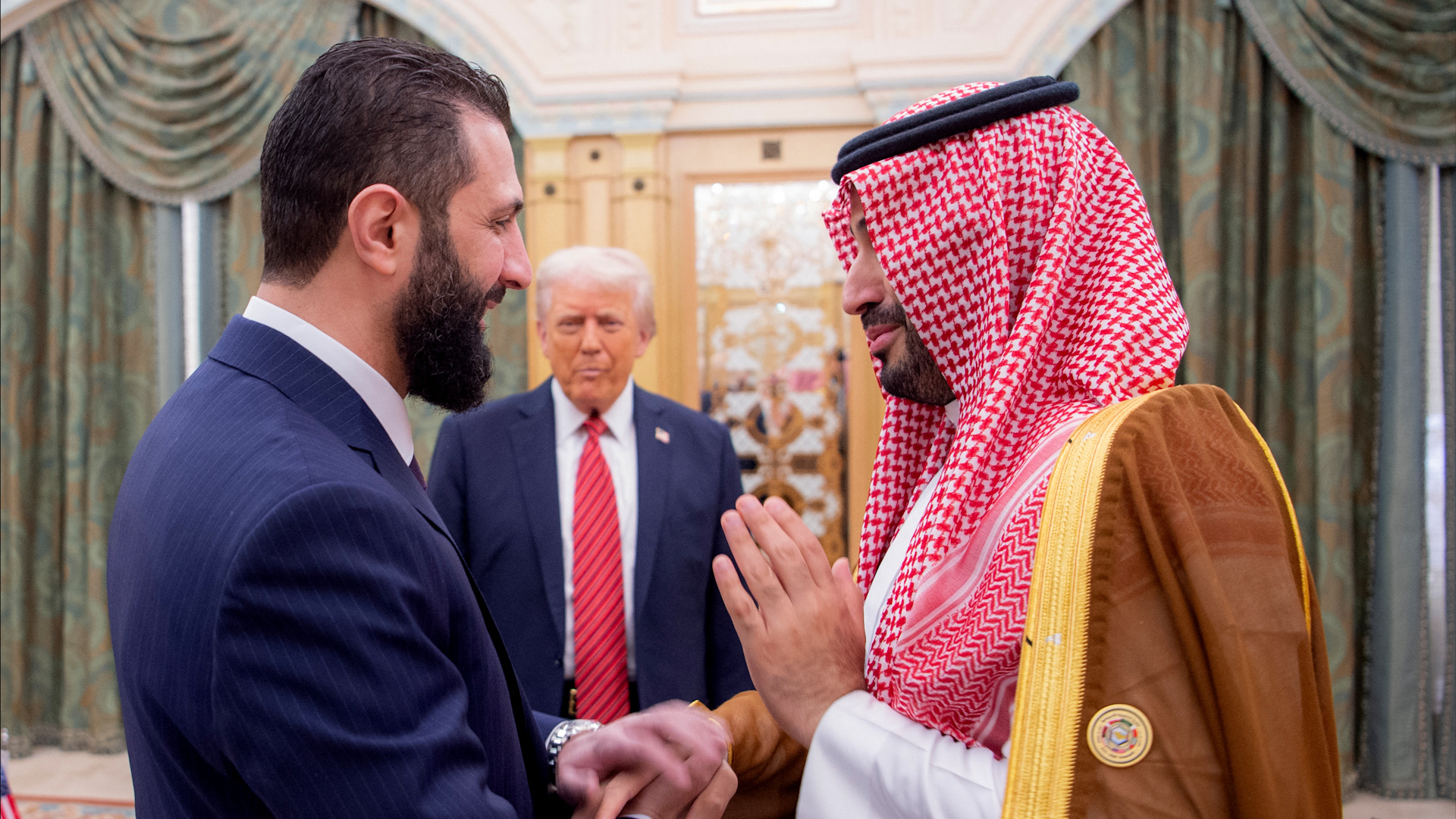Jessica Kumah began her journey in the north, exploring Venice, and gradually made her way south to the Amalfi Coast where one meeting changed her life
A woman exploring Europe returned from the solo trip with something unexpected.
During a trip to Italy in 2022, Jessica Kumah began her journey in the north, exploring Venice, and gradually made her way south to the Amalfi Coast. There, while walking along the boardwalk, she met Andrea, the love of her life. They exchanged numbers that day and have been together ever since.
Jessica told travel booking platform Omio how the holiday took a surprising and heartwarming turn.
“On Thursday, July 28, 2022, I was in Naples. After lunch, as I began walking along the boardwalk, I remember seeing Andrea in a yellow linen shirt, and I smiled…then kept walking. About 40 seconds later, in my peripheral vision, I saw a yellow figure running towards me, and it was him,” Jessica recalled.
“We had a typical conversation that I’ve had quite a few times already throughout my trip- a compliment, where am I from, what I’m doing in Italy, how long am I here for, etc. The only difference was that after our brief conversation, he asked if I wanted to ride around on his motorcycle. Who knew me saying yes would change my life for the better.”
While Jessica had never been on a motorcycle before, something about the offer intrigued him.
“For some reason, I trusted him and felt like I didn’t want to pass up this opportunity. I said yes, and that was pretty much the beginning of everything. He took me around Naples, and we spent the day going to different places that I would never even know how to get to as a tourist,” she continued.
“At every stop, we would talk and get to know more about each other. At that point, his English wasn’t that great, but it was way better than my Italian. The language barrier was a little bit difficult, although we were both being patient and using Google Translate from time to time if there was something either of us didn’t understand.
“By the end of the day, we exchanged numbers and planned to see each other again. July 30, 2022, was my last full day in Naples, and we spent the day together continuing to explore Naples on his motorcycle, getting gelato, and just having a great time. It really all felt like a fairytale.”
Since they met, Jessica and her man Andrea have been in contact every day. “It was evident that our feelings for each other were strong, but of course difficult to navigate since we were so far away from each other. On August 21, 2022, he asked me to be his girlfriend. I believed that it was truly just the beginning of our story, so I said yes. We’ve been together ever since,” she said.
Despite being in a long-distance relationship, Jessica and Andrea have remained committed to making it work, successfully maintaining a schedule to see and spend time together.
“With long-distance relationships, it takes effort from both sides. I’m grateful that my job is flexible, so I’m able to come to Italy quite often. Andrea’s family has made me feel so welcomed, and I’m glad I have them as support. I have a community here – friends, a gym, workers at the stores I also go to, etc. The culture and people in Napoli are amazing and very warm, and I really feel at home here,” Jessica added.
“Of course, it’s not always easy being abroad for long periods at a time, but I do my best to make it work and stay in contact with my loved ones in Canada when I’m away. One of the highlights was when I got my working holiday visa from May 2023 to May 2024. Being able to not have time restraints when visiting Italy was so special for us. The goodbyes get harder and harder, so for that year, we were really grateful to not have distance in our way.”
The couple plans to do much more travelling together, and Jessica shares their hopes and plans for the next chapter of their relationship.
“So far, we’ve gone to Berlin, Bolzano, Rome, and we go south to Calabria every summer. We would love to do much more travelling, and eventually we will together! I’m currently in Italy, and will spend half the summer here, then head back to Canada to spend the second half of the summer there. The future plan is to get married, then I will be the one closing the gap between us and moving to Italy. With his work, he needs to be based here, so it only makes sense for me to move here once we take the next step in our relationship,” she said.
Jessica’s one piece of advice for finding the one is to stop looking for them. “I know it sounds so cliché, but love truly finds you when you’re not looking for it. Look at my situation – on a solo trip, not looking for a relationship at all, just walking down the boardwalk in Naples, enjoying the view and boom – it found me! Enjoy your singleness, do things that make you happy, focus on your wellbeing, and I promise you…When you least expect it, the one will come into your life,” Jessica said.
